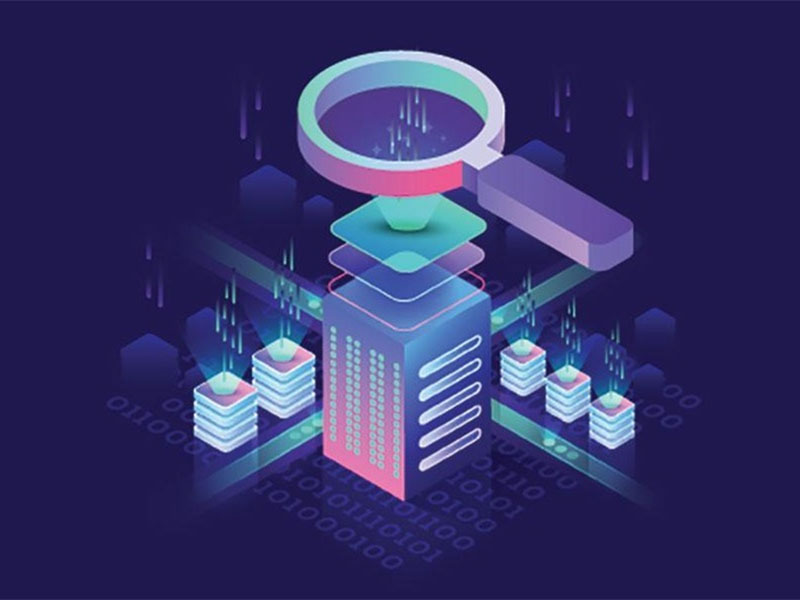Big Data Processing: Technologies and Architectures
Processing Big Data efficiently requires robust frameworks that can handle high-speed ingestion, transformation, and analysis of data at scale. Traditional relational databases (RDBMS) fail in such environments, leading to the adoption of distributed computing frameworks.
Batch vs. Real-Time Processing
- Batch Processing – Large datasets are processed in scheduled batches. Used for data warehousing, ETL (Extract, Transform, Load), and historical analysis.
- Real-Time (Stream) Processing – Data is processed as it is generated, enabling instant decision-making in use cases like fraud detection and IoT analytics.
Key Big Data Processing Technologies
- Apache Hadoop – The most popular batch-processing framework that distributes tasks across multiple nodes, using the Hadoop Distributed File System (HDFS).
- Apache Spark – Faster than Hadoop, Spark performs in-memory processing and is used for real-time analytics, ML workloads, and graph processing.
- Apache Kafka – A real-time streaming platform that enables event-driven architectures, used by businesses for processing high-velocity data.
- Google BigQuery & AWS Redshift – Cloud-based analytical databases designed for high-speed querying of massive datasets.
- Apache Flink & Apache Storm – Real-time data stream processing engines used in applications like financial transactions, cybersecurity, and IoT monitoring.
